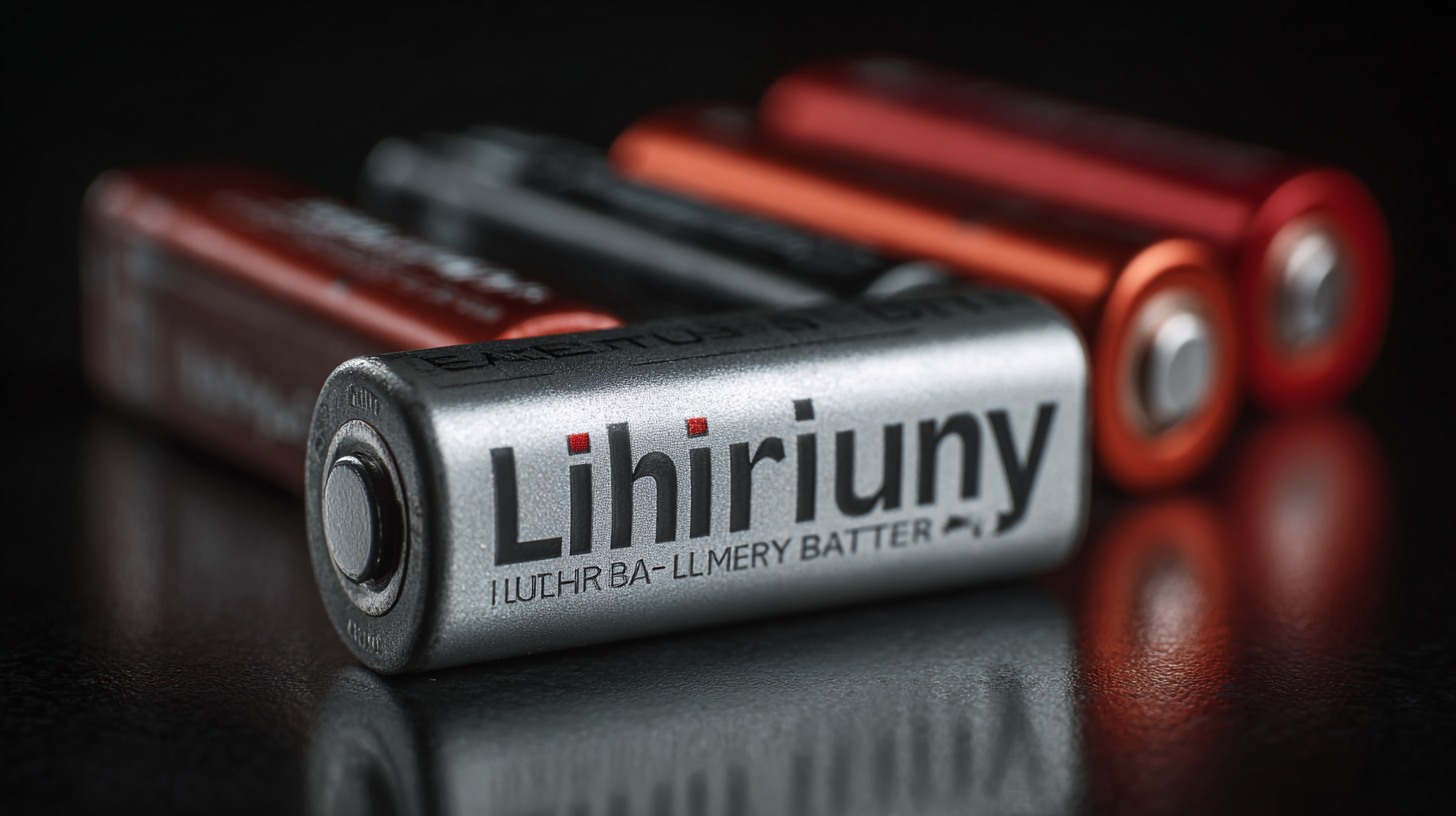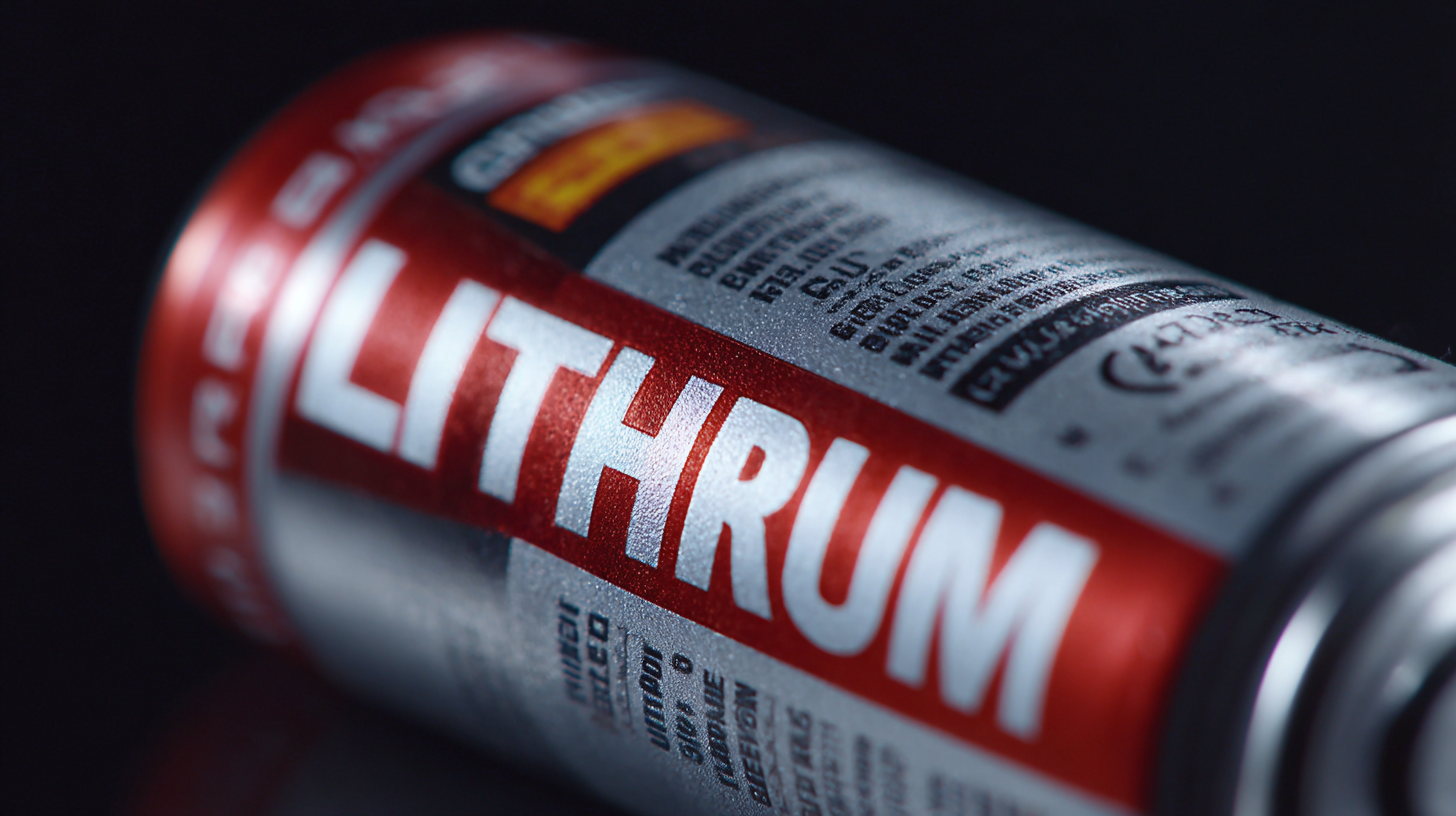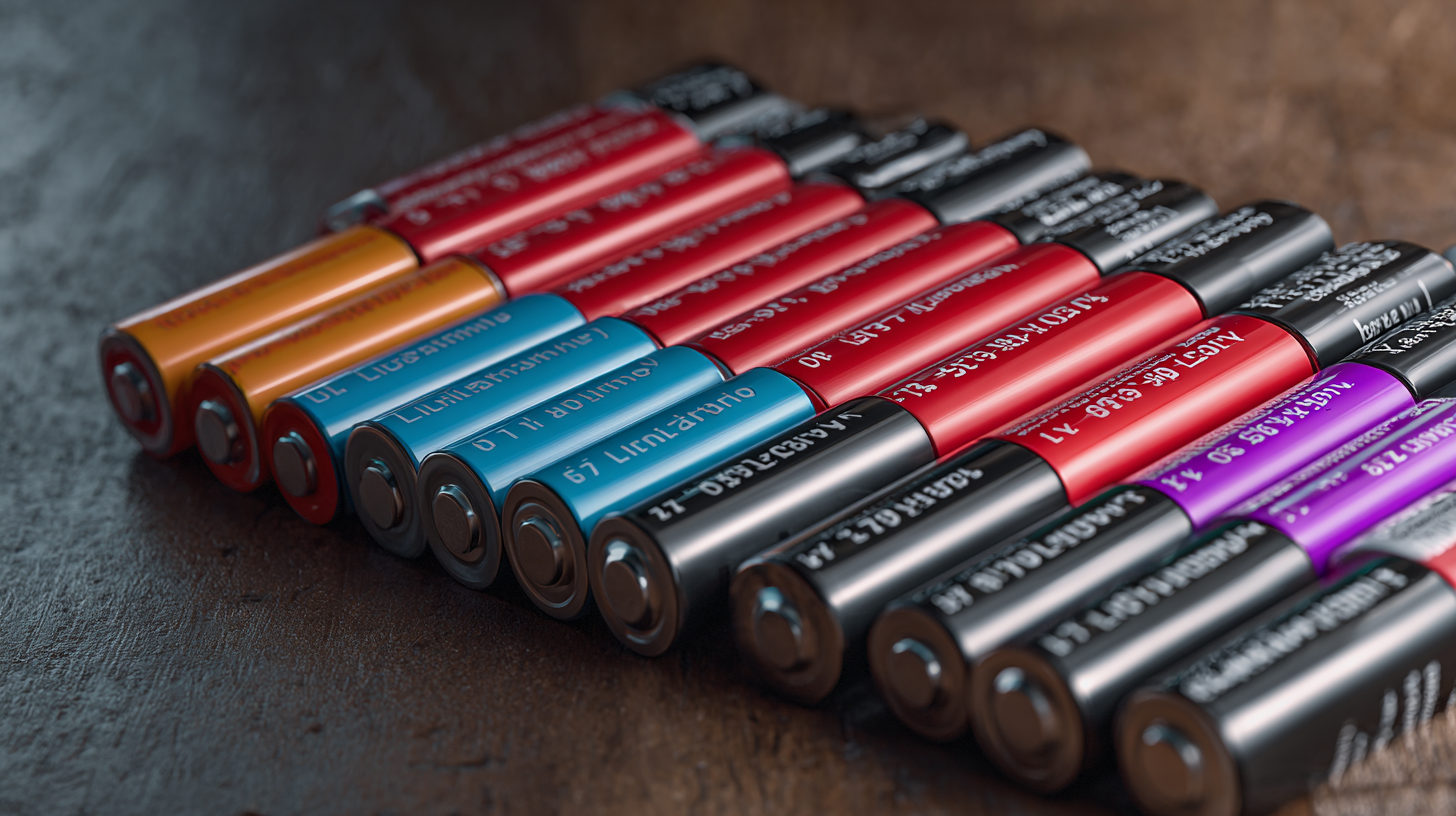Comparing the Best Lithium Polymer Batteries: Performance Metrics & Industry Insights
In recent years, the demand for Lithium Polymer Batteries (LiPo) has surged dramatically, propelled by their lightweight characteristics and superior energy density. A report by the International Energy Agency (IEA) indicates that the market for lithium-ion batteries, including LiPo variants, is expected to grow exponentially, potentially exceeding a valuation of $150 billion by 2025. This growth is driven not only by the rising popularity of electric vehicles but also by the increasing need for portable electronic devices. As advanced applications emerge across industries, understanding the performance metrics of different Lithium Polymer Battery options becomes crucial for consumers and manufacturers alike. In this article, we will delve into the top performing Lithium Polymer Batteries, explore their benchmarks, and offer insights that may help you make informed decisions in this fast-evolving market.

Key Performance Metrics of Lithium Polymer Batteries
When evaluating lithium polymer batteries, several key performance metrics stand out that significantly influence their overall efficacy and suitability for various applications. One of the most critical metrics is energy density, which measures the amount of energy stored relative to the battery's weight. High energy density is essential for portable electronics and electric vehicles, as it allows for longer usage times between charges without compromising on size or weight.
Another important metric is cycle life, which indicates how many charge and discharge cycles a battery can undergo before its capacity decreases substantially. Batteries with longer cycle lives are more cost-effective in the long run, particularly for applications like drones or electric bikes that demand high-performance and reliability. Additionally, the discharge rate, defined as the speed at which a battery can release energy, plays a vital role in performance metrics.
High discharge rates are crucial for applications requiring quick bursts of power, ensuring devices perform at their best in demanding situations. These metrics collectively inform consumers and manufacturers alike, driving the innovation and selection of lithium polymer batteries tailored to specific needs.
Common Issues Faced by Lithium Polymer Battery Users
Lithium polymer batteries (LiPo) are favored in the technology sector for their lightweight design and flexibility. However, users often encounter several common issues that can significantly affect performance and lifespan. One prevalent problem is the risk of swelling, which not only reduces the battery's efficiency but can also pose safety hazards. According to a report by the International Battery Association, approximately 20% of LiPo battery users experience swelling due to overcharging and poor storage practices.
Another critical issue is voltage sag during discharge, which can lead to inconsistent performance, particularly in high-drain applications such as drones and remote-controlled devices. The Consumer Electronics Review cites that voltage sag affects nearly 30% of users, resulting in sub-optimal performance and potential damage to electronic components. Additionally, improper balancing during charging can lead to uneven cell wear, shortening the overall lifespan of the battery. As the market for LiPo batteries continues to grow, it is essential for users to understand these challenges and implement best practices to mitigate risks.
Comparing the Best Lithium Polymer Batteries: Performance Metrics & Industry Insights
| Battery Type | Capacity (mAh) | Voltage (V) | Discharge Rate (C) | Cycle Life | Typical Issues |
|---|---|---|---|---|---|
| LiPo A | 2200 | 3.7 | 25 | 300 | Swelling, Short Circuit |
| LiPo B | 3200 | 3.7 | 30 | 500 | Capacity Loss, Overheating |
| LiPo C | 1500 | 3.7 | 40 | 200 | Rapid Discharge Failure |
| LiPo D | 4000 | 3.7 | 20 | 600 | Self-Discharge, Aging |
| LiPo E | 2500 | 3.7 | 35 | 400 | Temperature Sensitivity, Leakage |
Comparison of Leading Brands in Lithium Polymer Technology
When comparing leading brands in lithium polymer technology, it is essential to consider performance metrics that reflect the true capabilities of these batteries. Key aspects such as energy density, discharge rates, and cycle life can significantly influence consumer choices and applications across various industries, including electric vehicles and portable electronics. Brands that excel in these areas often employ advanced manufacturing processes and innovative materials, which result in better overall performance and longevity.
In recent years, the rise of electric vehicle technology has spurred intense competition among battery manufacturers, particularly in regions like China, which is at the forefront of the EV and battery industries. Companies are embracing research in battery chemistry, leading to the development of new technologies such as solid-state batteries, which promise enhanced safety and efficiency. As the market for lithium polymer batteries continues to expand, understanding the strengths and weaknesses of leading brands is more crucial than ever for consumers and manufacturers alike, ensuring that they choose the right products for their specific needs.

Innovative Solutions to Enhance Lithium Polymer Battery Lifespan
As the electric vehicle (EV) market continues to expand, innovative solutions to enhance the lifespan of lithium polymer batteries are becoming increasingly critical. Recent advancements in battery technologies have focused on improving energy density and longevity, crucial factors in the competitive landscape of EVs. The global lithium-ion battery binders market, valued at approximately USD 1.88 billion in 2023, is expected to grow at a CAGR of 18.3% from 2024 to 2030, highlighting the increasing demand for enhanced battery formulations and materials.

Furthermore, exciting breakthroughs in quasi-solid-state lithium-ion batteries promise to elevate safety and stability while extending their service life. For instance, recent research has revealed techniques for "reverse aging" in lithium batteries, allowing older models to regain efficiency by reintroducing lithium-ion carrier molecules. These innovations not only enhance battery performance but also contribute to sustainability efforts by minimizing waste and optimizing the battery lifecycle. As the industry progresses, these developments pave the way for a more robust, efficient, and environmentally friendly battery ecosystem essential for the future of electric vehicles.
Industry Trends Influencing the Future of Lithium Polymer Batteries
The lithium polymer battery market is experiencing rapid evolution driven by several key industry trends. One of the most significant influences is the increasing demand for lightweight and high-capacity batteries across diverse applications, from consumer electronics to electric vehicles. Manufacturers are innovating to improve energy density while maintaining safety, as consumers seek more efficient and sustainable power sources. This shift is accompanied by advancements in battery management systems that enhance performance and longevity, thus addressing common concerns regarding battery degradation.
Regulatory policies and environmental considerations are also shaping the future of lithium polymer batteries. Stricter regulations on emissions and waste management are pushing companies to invest in more eco-friendly manufacturing processes and recyclable materials. Furthermore, the rise of renewable energy solutions has spurred interest in energy storage systems that utilize lithium polymer technologies. The collaboration between industries and academia is yielding breakthroughs that could lead to the next generation of batteries, featuring faster charging times and improved thermal stability, ultimately redefining market standards and user expectations.
